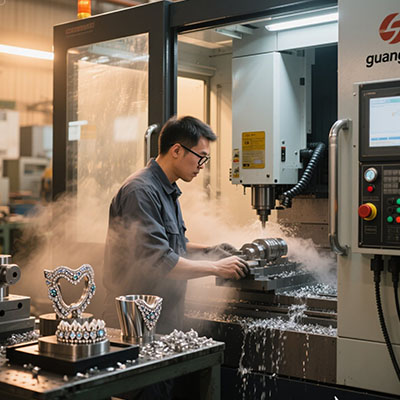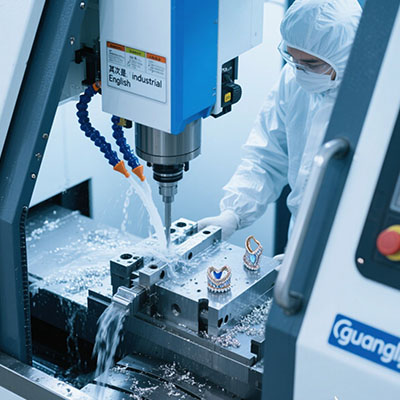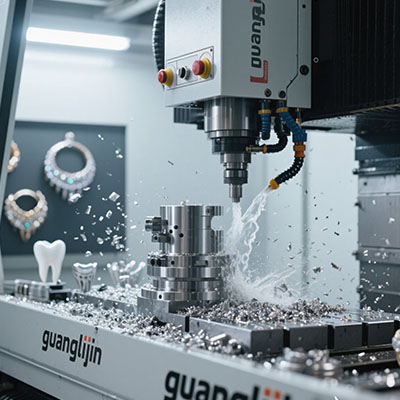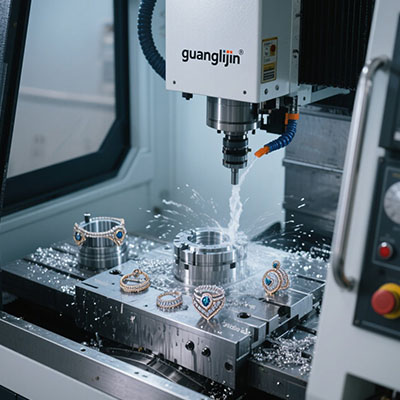Best CNC Machine Specifications & Industrial Automation Solutions
1. Precision Meets Productivity: The Core Specifications
Industrial automation changes what matters in CNC specifications. While ±0.005mm accuracy was impressive, now we need repeatability under continuous operation. Our 2025 automotive project revealed thermal stability affects precision more than manufacturer specs suggest.
5-Step Automation Compatibility Check:
- Verify OPC UA or MTConnect compatibility
- Check sensor integration points (vibration, temperature, power draw)
- Test data sampling rates (1kHz+ for predictive maintenance)
- Validate API access for MES integration
- Confirm remote diagnostics capabilities
2. Speed vs. Stability: The Automation Paradox
Faster isn’t always better in automated cells. A 2024 Manufacturing Technology Insights report showed that reducing rapid traverse by 15% decreased unplanned downtime by 22% (Source: March 2024 issue).
| Specification | Standalone Operation | Automated Cell |
|---|---|---|
| Rapid Traverse | 48 m/min preferred | 32-40 m/min optimal |
| Tool Change Time | Under 3 sec | 5-7 sec acceptable |
| Acceleration | 1.5G+ | 0.8-1.2G better |
3. The Hidden Spec: Data Infrastructure
Modern CNC machine specifications sheets should include digital capabilities:
- EtherCAT or PROFINET ports (minimum 2)
- Built-in edge computing capacity
- Cybersecurity certification (IEC 62443)
Counterintuitively, we’ve found machines with simpler controls often integrate better – less proprietary software means fewer integration headaches.
4. Material Handling Integration
Your CNC’s physical specs must match automation components:
- Pallet system compatibility (ISO 40/50)
- Robot interface height (900mm standard)
- Door opening dimensions (minimum 800x600mm)
During a recent aerospace project, we discovered the hard way that “standard” robot interfaces varied by 30mm between manufacturers.
5. Energy Efficiency in Continuous Operation
24/7 operation changes power requirements dramatically. Look for:
- Regenerative drives (saves 15-25% energy)
- Sleep mode activation (under 30 minutes idle)
- Power monitoring per axis
Here’s the surprise – efficient machines often maintain tighter tolerances over long runs due to consistent thermal profiles.
Automation-Ready CNC Checklist:
Data protocol compatibility confirmed
Physical integration points measured
Energy recovery systems installed
72-hour continuous run test passed
Cybersecurity audit completed
Frequently Asked Questions
What CNC specifications matter most for lights-out manufacturing?
For unattended operation, prioritize tool life monitoring, automatic workpiece measurement, and pallet changers. The CNC machine specifications should guarantee 200+ hours of stable operation.
How do I match CNC specs with industrial robot capabilities?
Coordinate these three parameters: maximum part weight (robot payload), cycle time (robot speed), and positioning accuracy (repeatability). Surprisingly, robot-CNC communication latency often becomes the bottleneck.
What are often-overlooked CNC specifications for automation?
Maintenance access points, cable management systems, and shock/vibration resistance. These “boring” specs become critical in tightly integrated cells.
How have Industry 4.0 requirements changed CNC specs?
Modern CNC machine specifications now include data granularity, API availability, and predictive maintenance features. The machine’s digital twin capabilities matter as much as its cutting performance.







